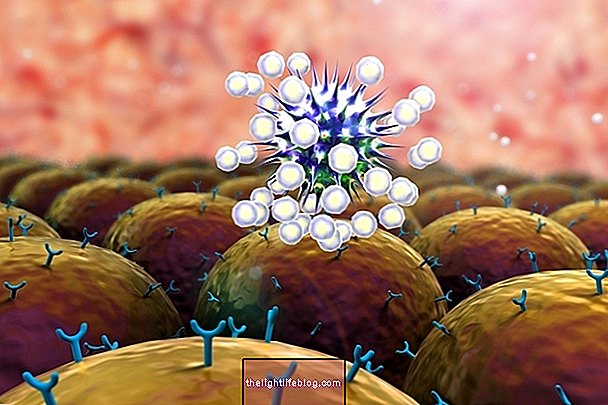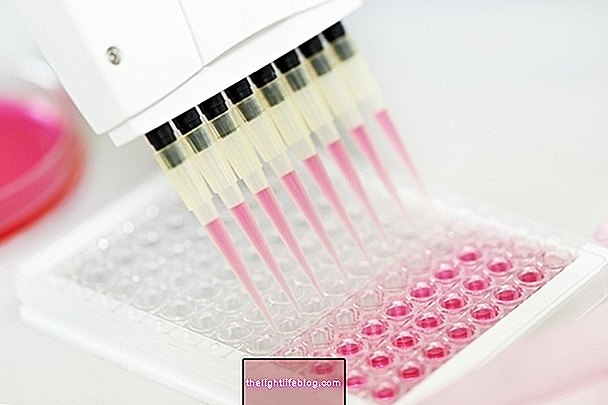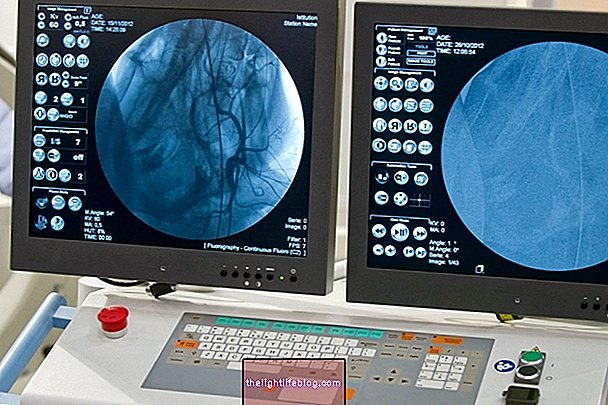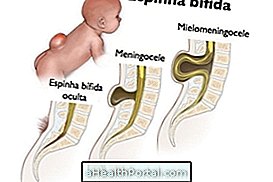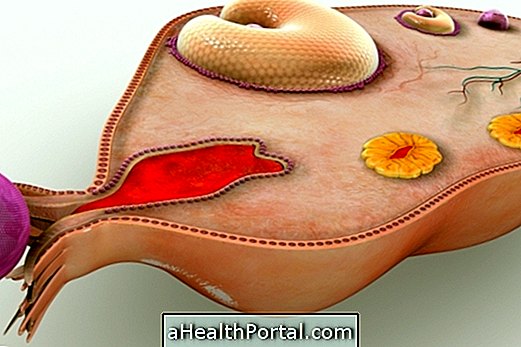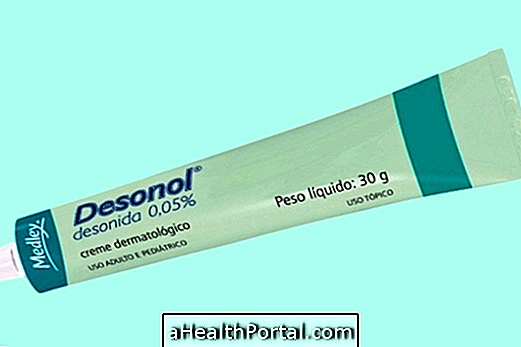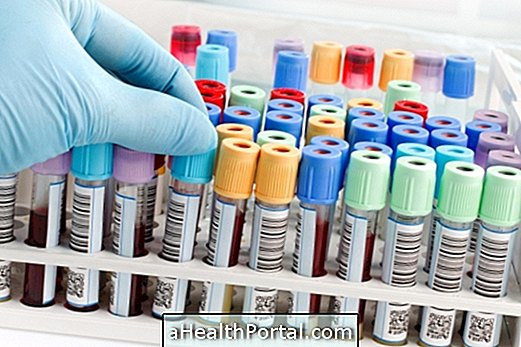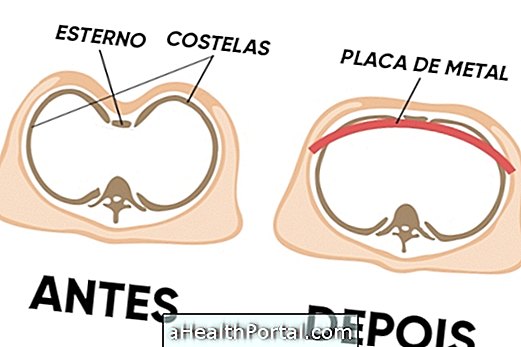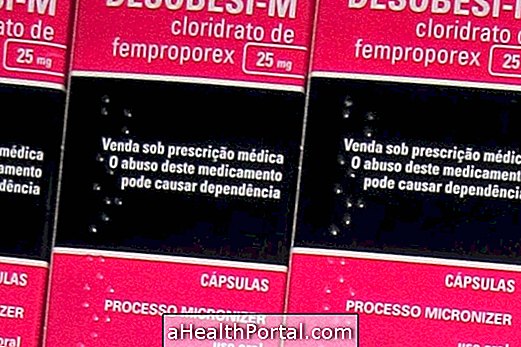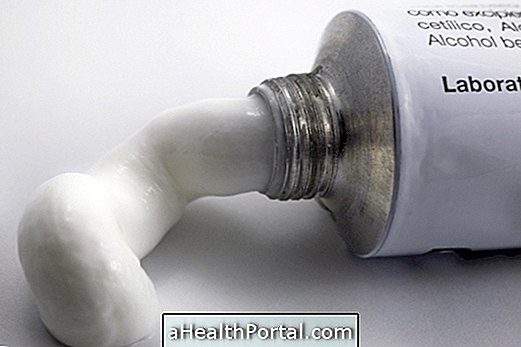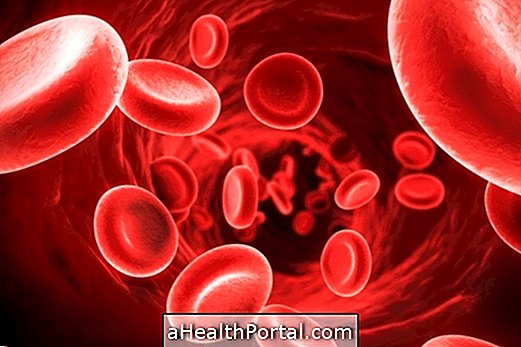Pyuria, also popularly known as pus in the urine, corresponds to the presence in large quantities of pyocytes, also called leukocytes, in the urine. The presence of lymphocytes in the urine is considered normal, however when large quantities are seen in the test or when other changes are identified or the person has symptoms, it may be a sign of infection, kidney problems or autoimmune disease, for example.
Pyuria is identified by a type 1 urine test, also known as EAS or an (Sediment Abnormal Elements) test, which is considered abnormal when more than 5 pyocytes are checked per field analyzed in the microscope examination. It is important that the cause of pyuria is identified so that the most appropriate treatment is recommended.

Symptoms of pyuria
The symptoms of pyuria (pus in the urine) are usually related to the cause of the increase in the number of leukocytes, and there may be:
- Pain and discomfort when urinating;
- Burning;
- Pain in the bottom of the back;
- Itching in the genital region;
- Decrease in the amount of urine;
- Feeling of a full and heavy bladder, even after going to the bathroom;
- Frequent desire to urinate.
The increase in the amount of leukocytes in the urine can happen as a consequence of several situations, mainly due to infections by fungi, parasites or bacteria, besides it can also happen as a result of autoimmune diseases, use of medications or kidney problems, mainly cystitis. Learn about other causes of high leukocytes in urine.
How the diagnosis is made
The diagnosis of pyuria is made mainly by examining type 1 urine, in which macro and microscopic analyzes are performed. The macroscopic analysis corresponds to the evaluation of the characteristics of the urine, mainly the color and the consistency, which depending on the number of lymphocytes can be more whitish and have a milky appearance.
Through microscopic evaluation, it is possible to identify the presence of more than 5 cells per field, or more than 10 000 cells per ml of urine, characterizing the pus in the urine. In addition, in these cases it is also normal to see a greater amount of epithelial cells, the presence of red blood cells, in some cases, and the presence of bacteria, fungi or parasites.
If the presence of fungi or bacteria is identified, urine culture is indicated so that the microorganism responsible for the infection and its sensitivity and resistance profile are identified and, thus, the most appropriate treatment is started. Understand how urine culture is made.
If it is found that pyuria is not related to the presence of microorganisms, blood tests may be indicated to investigate other causes of the increase in lymphocytes, in addition to the 24-hour urine test, especially if during microscopic examination of the urine crystals have been seen, which may be a sign of abnormal kidneys.
Treatment of pyuria
The treatment of pyuria depends on the cause and whether or not there are symptoms. In case the pus in the urine is due to the presence of microorganisms and the person has symptoms, the use of antimicrobials, such as Fluconazole, Miconazole or Metronidazole, for example, may be indicated by the doctor, which should be used according to the doctor's recommendation.
In other cases, the use of corticosteroids and anti-inflammatory drugs may be recommended, in addition to guiding the consumption of plenty of fluids and the repetition of the exam after treatment to check if the pyuria continues and if the treatment was effective.
Was this information helpful?
Yes No
Your opinion is important! Write here how we can improve our text:
Any questions? Click here to be answered.
Email in which you want to receive a reply:
Check the confirmation email we sent you.
Your name:
Reason for visit:
--- Choose your reason --- DiseaseLive betterHelp another personGain knowledge
Are you a health professional?
NoMedicalPharmaceuticalsNurseNutritionistBiomedicalPhysiotherapistBeauticianOther
Bibliography
- STRASINGER, Susan K .; DI LORENZO, Marjorie S. Urianalysis and body fluids. 5.ed. United States: E. A Davis Company, 2008. 94-95.


